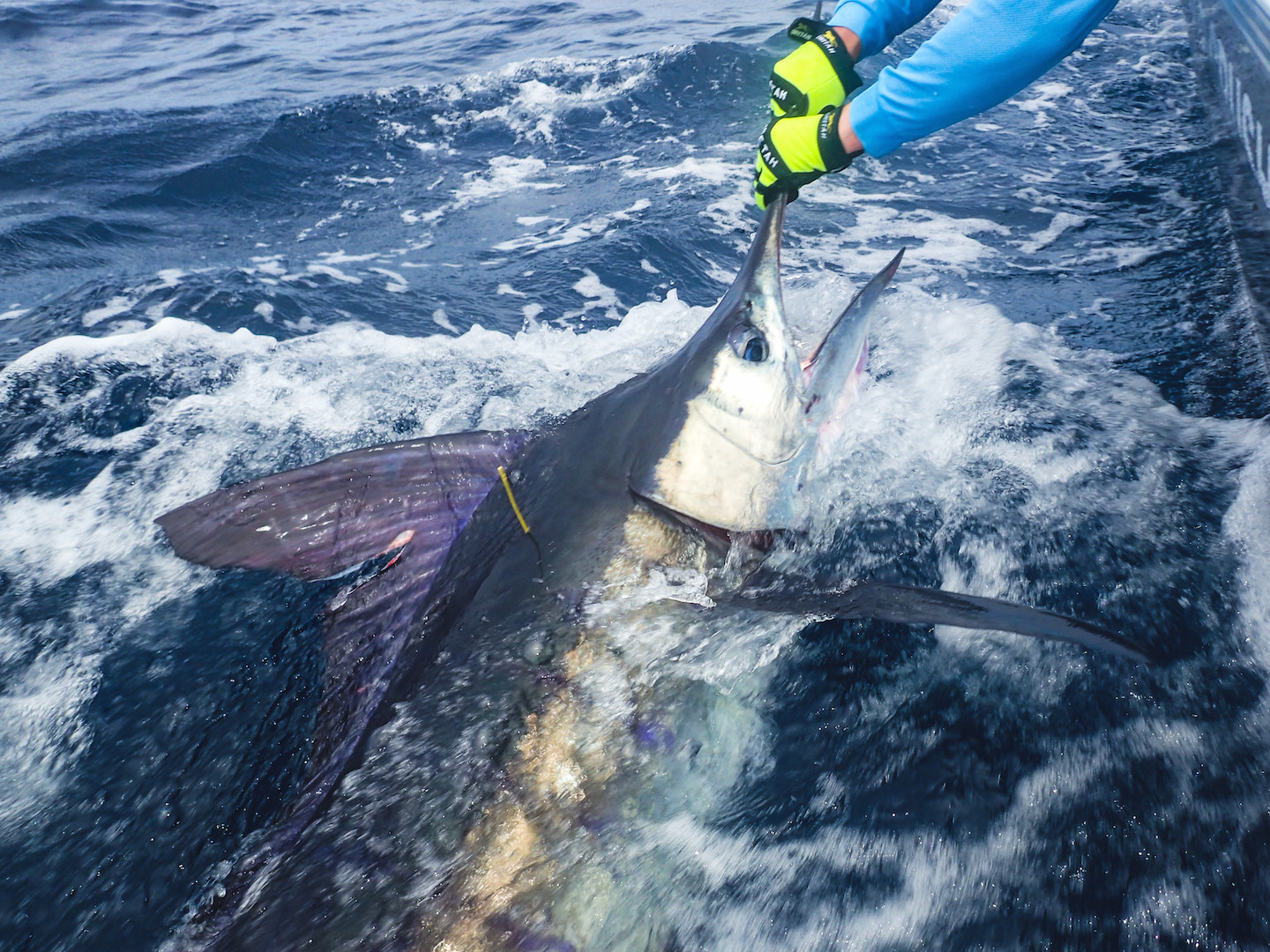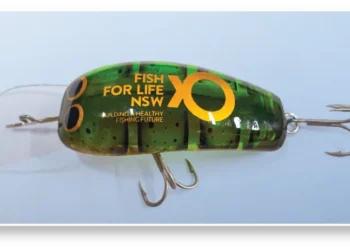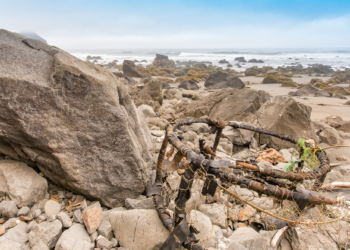
WE’VE been reporting on attempts to make striped marlin a rec-only species in Australia for about 30 years now.
Back in 1998, the Australian government banned the retention of black and blue marlin, alive or dead, taken by commercial fishing anywhere in the Australian fishing zone. They’d already excluded Japanese long liners in the 1980s, following concerted recreational lobbying by well-known game fishers such as the late Peter Goadby. But they still allowed local long liners to take striped marlin, which are considered to be the best eating of the trio and have the highest market value. WA had already attempted to ban the landing of all marlin for commercial sale by passing legislation in 1994, which wasn’t enforced until 1999. It didn’t last. In 2005 the Commonwealth amended its legislation to prevent WA enforcing this ban.
NSW Fisheries, which at the time was looking favourably at recreational fishing and its economic contribution to rural communities, commissioned consultants Ernst & Young (EY) to assess the economic impact of the NSW striped marlin fishery. In its 147-page 2004 study report, EY found that the economic value of the recreational fishery vastly exceeded that of the commercial. As we reported at the time, in 2010 NSW amended its legislation to prevent having any marlin landed by the commercial sector under its control.
In 2012, the Fisheries Research & Development Corporation (FRDC) funded a socioeconomic study of three eastern Australian game-fishing regions. As with the EY report, its 218-page report showed the high value of the recreational sector to local communities.
Despite all this, the Australian Fisheries Management Authority (AFMA) continued to regulate quotas for the commercial taking of striped marlin in the eastern and western Australian fishing zones it covers. It used its scientific justification arguments – beloved by some of our readers – to set quotas that it claimed wouldn’t affect the sustainability of striped marlin stocks. This didn’t really address the problem of the killing and dumping of black and blue marlin which accidentally took baits intended for stripes. Allowed tonnages varied over the years and were higher in the east than the west. For instance, in the east, 359t in 2007, 425t in 2008 and 361t in 2009. In 2020, the quota was 351t in the east and 125t in the west. If the average striped marlin caught was, say, 70kg, that’d be about 5,000 fish in the east and 1,800 in the west.
And then, a couple of weeks back, the Australian Bureau of Resource Economics and Sciences (ABARES) current fishery status reports were released. Three stocks have gone the wrong way. Striped marlin in the east are now classified as “overfished” and in the west as “subject to overfishing”.
Back in 2010 NSW Fisheries estimated that the harvest of striped marlin by the rec sector to be less than 10 percent of the eastern commercial catch. It also reported that around 1,000 fish were caught in game fishing comps, with over 80 percent tagged and released with and estimated mortality of between 0-35 percent. Put that together with the comparative rec/commercial economic value data from the reports cited earlier, and the new ABARES “overfished” classification, and there would seem to be an obvious question: why have a commercial striped marlin fishery at all?
















